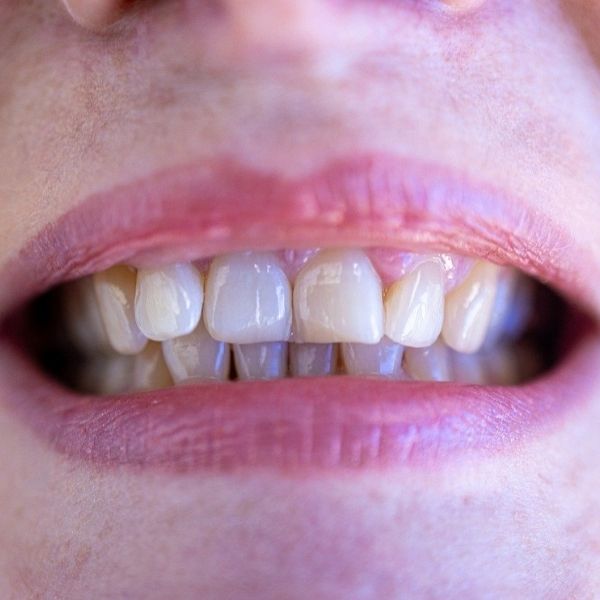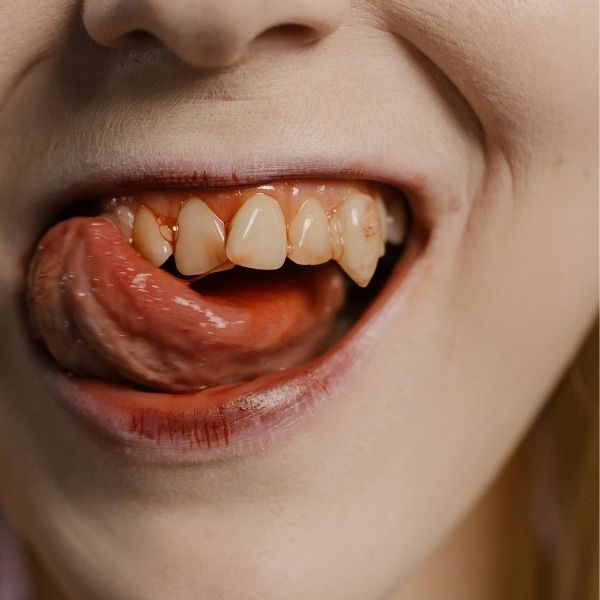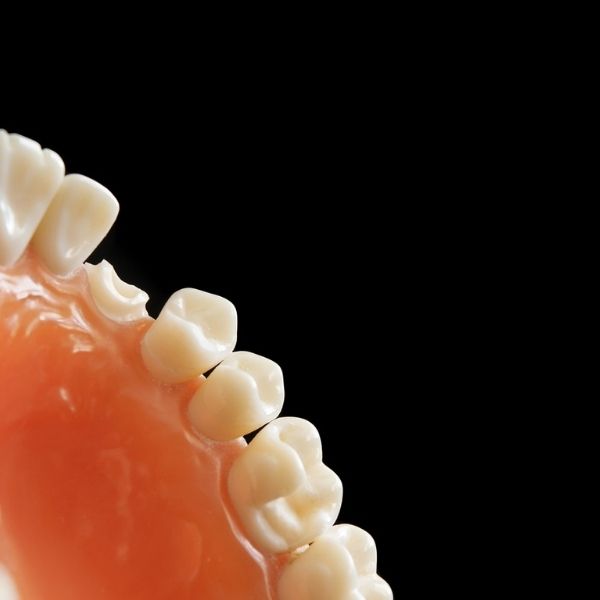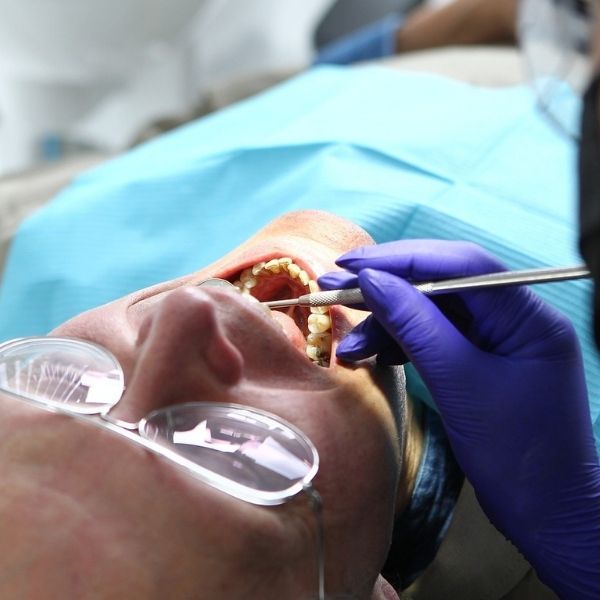White spots on teeth are a common dental issue that many people experience. These spots, often seen as chalky or opaque areas on the surface of the teeth, can be alarming if you don’t understand their cause or how to treat them. While white spots on teeth are usually harmless, they may indicate underlying issues with tooth enamel, oral hygiene, or even diet. This article will delve into the causes of white spots on teeth, treatment options, and preventive measures to help you maintain a healthy, beautiful smile.
What Are White Spots on Teeth?
White spots on teeth refer to areas on the teeth that appear lighter in color than the surrounding enamel. These spots are a result of enamel demineralization, where the minerals in the enamel are lost, making the affected area more porous and weaker. The loss of minerals, especially calcium and phosphate, can cause a visible discoloration of the enamel, leading to white patches. These white spots are often the early signs of tooth decay, although they can also be caused by other factors like fluoride overexposure or enamel development issues.
While white spots on teeth may not always lead to cavities, they should not be ignored, as they may signal a need for better oral hygiene or dietary changes. Understanding the causes and treatment options for these spots can help prevent further damage to your teeth.
Causes of White Spots on Teeth
Several factors contribute to the formation of white spots on teeth. Understanding the underlying causes can help you take action to prevent or treat them effectively.
-
Poor Oral Hygiene
One of the leading causes of white spots on teeth is poor oral hygiene. When plaque—a sticky film of bacteria—builds up on the teeth due to insufficient brushing and flossing, it can lead to enamel demineralization. Over time, this plaque creates an acidic environment that weakens the enamel, resulting in white spots on the teeth. If left untreated, these spots can progress to cavities.
-
Dental Fluorosis
White spots on teeth can also be caused by dental fluorosis, a condition that occurs when too much fluoride is ingested during the development of your teeth, particularly in childhood. Fluorosis results in the appearance of white streaks or spots on the teeth, which are permanent but generally don’t cause health issues. Fluorosis typically occurs when children swallow fluoride toothpaste or drink water with high fluoride content while their teeth are still developing.
-
Enamel Hypoplasia
Enamel hypoplasia is a developmental defect that results in incomplete or underdeveloped enamel. This condition leads to weak or thin enamel, making the affected areas prone to white spots on teeth. Enamel hypoplasia can occur due to genetic factors, childhood illness, malnutrition, or trauma to the teeth during their development stages.
-
Dietary Factors
A poor diet can contribute significantly to the formation of white spots on teeth. Consuming acidic foods and drinks, such as citrus fruits, soda, and sugary snacks, can erode the enamel over time. Acidic foods cause the enamel to lose minerals, leading to the development of white spots. Additionally, a diet lacking in essential nutrients like calcium and vitamin D can weaken the enamel, making your teeth more vulnerable to spots and decay.
-
Braces and Orthodontic Treatment
Braces can also be a culprit when it comes to white spots on teeth. The brackets and wires of braces can trap food particles and plaque, making it more difficult to maintain proper oral hygiene. If plaque is not removed regularly, it can lead to the demineralization of the enamel, resulting in white spots. This is why proper brushing, flossing, and dental checkups are crucial for people with braces to prevent white spots on teeth.
-
Acid Reflux or GERD
Acid reflux or gastroesophageal reflux disease (GERD) can also lead to white spots on teeth. When stomach acids flow back into the mouth, they can erode the enamel and cause it to lose minerals. Over time, this acid exposure can lead to demineralization, resulting in white spots on teeth. People with acid reflux should take steps to manage the condition and protect their teeth from further damage.
Treating White Spots on Teeth
If you notice white spots on teeth, the good news is that they are often treatable, especially if detected early. The treatment options for white spots depend on their cause and severity. Here are some common treatments:
-
Fluoride Treatments
Fluoride treatments are one of the most effective ways to treat white spots on teeth caused by demineralization. Fluoride helps to remineralize the enamel, restoring lost minerals and strengthening the tooth surface. Dentists can apply professional fluoride treatments during checkups, or you can use fluoride toothpaste and mouthwash at home to help remineralize your enamel and reduce the appearance of white spots.
-
Microabrasion
For more noticeable or stubborn white spots on teeth, microabrasion may be an option. Microabrasion is a procedure in which a dentist uses a mild abrasive to remove a thin layer of enamel from the affected area. This technique can help smooth the surface of the tooth and reduce the appearance of white spots.
-
Veneers or Bonding
If white spots on teeth persist despite other treatments, cosmetic dental procedures like veneers or bonding can help improve the appearance of the teeth. Veneers are thin, custom-made shells that cover the front surface of the teeth, while bonding involves applying a tooth-colored resin to the affected areas. Both options can conceal white spots and restore the appearance of your smile.
-
Whitening Treatments
Professional teeth whitening treatments can sometimes help reduce the visibility of white spots on teeth by making the surrounding enamel lighter. However, whitening treatments do not always completely remove the spots, especially if they are caused by underlying enamel damage or fluorosis. Discuss whitening options with your dentist to determine if it’s an appropriate solution for your situation.
Preventing White Spots on Teeth
Prevention is always better than treatment. Here are some effective ways to prevent white spots on teeth from forming:
-
Brush and Floss Regularly
The best way to prevent white spots on teeth is to maintain good oral hygiene. Brush your teeth at least twice a day with fluoride toothpaste and floss once a day to remove plaque and food particles. Brushing and flossing regularly will help prevent plaque buildup, which can lead to enamel demineralization and the formation of white spots.
-
Limit Acidic and Sugary Foods
Limiting your consumption of acidic and sugary foods and drinks is another important step in preventing white spots on teeth. Foods like soda, citrus, and candy contribute to enamel erosion, which can lead to the formation of white spots. If you do consume these foods, rinse your mouth with water afterward to neutralize acids and protect your teeth.
-
Visit Your Dentist Regularly
Regular dental checkups are essential for preventing and treating white spots on teeth. Your dentist can identify early signs of enamel demineralization and recommend treatments to help restore your enamel. Professional cleanings also remove plaque and tartar buildup, which helps protect your teeth from decay and spots.
-
Use Fluoride Products
Using fluoride toothpaste, mouthwash, or professional fluoride treatments can help strengthen your enamel and prevent white spots on teeth. Fluoride remineralizes the enamel and makes it more resistant to acid attacks, which helps maintain strong, healthy teeth.
-
Avoid Excessive Fluoride Exposure
If you live in an area with fluoridated water or if your child uses fluoride toothpaste, ensure that they do not swallow it. Excessive fluoride exposure, especially during the early stages of tooth development, can lead to fluorosis, which causes white spots on teeth. Monitor fluoride intake, especially for young children.
White spots on teeth are a common but treatable condition. By understanding the causes of white spots and following preventive measures like proper oral hygiene, limiting sugary foods, and visiting your dentist regularly, you can maintain strong, healthy teeth and avoid the formation of white spots. If you already have white spots on teeth, several treatment options, such as fluoride treatments and cosmetic procedures, can help restore the appearance of your smile.
By taking proactive steps to care for your teeth, you can ensure that your smile remains bright and healthy, free from the concern of white spots on teeth.





